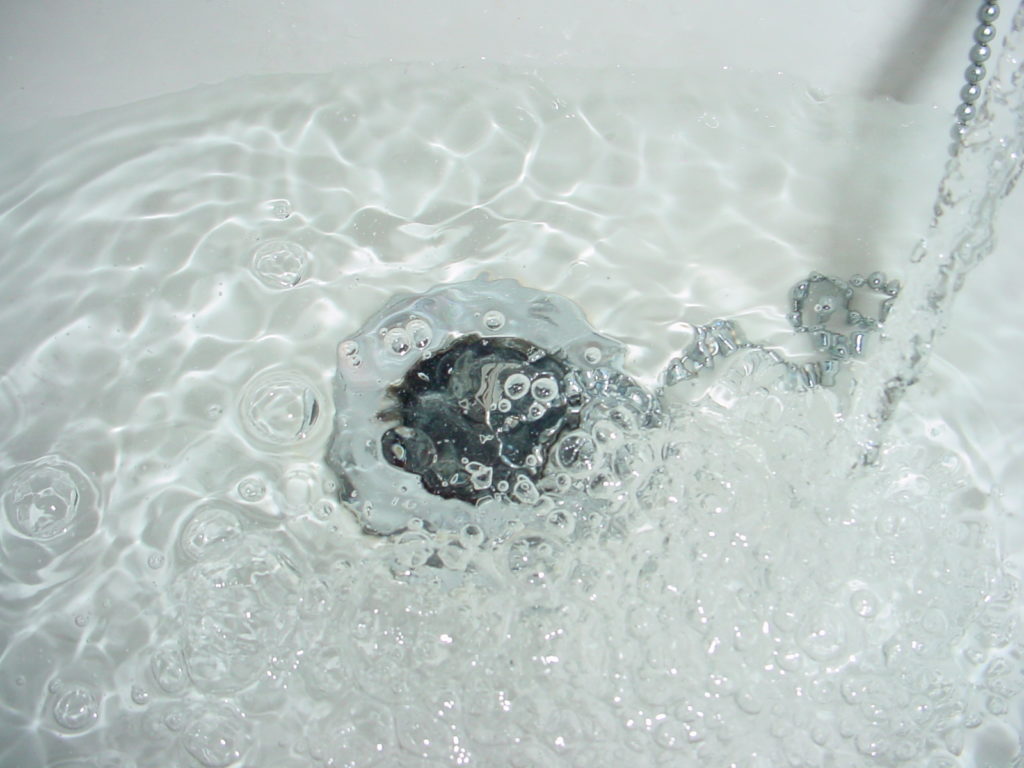Geyser timer VS controller
The average geyser uses up to 60% of your household electricity, so it makes sense to regulate its electricity consumption. You can do this by using a timer or a controller, but what is the difference between the two?

In normal use, it reheats the water inside the tank whenever the temperature drops by a few degrees, and it is this constant reheating action that is the reason that they are such electricity hogs. The average geyser holds 150 or 200 litres of water, and every time it switches on it is the equivalent of turning on 50 incandescent light bulbs. According to electricity experts Mr Power, the average household geyser turns on 24 – 30 times a day, so it makes economic and environmental sense to take steps to minimise this endless reheating cycle and save electricity in the process.
The experts at Eskom explain that even if it is is turned off during the day, it still uses less electricity to reheat the water back to the thermostat set point than it would if it is on all day. The water temperature will only drop by about 10°C over 24 hours with it turned off. An automatic timer or controller saves you the hassle of having to remember to switch your geyser on and off at certain times of the day.
GOOD TO KNOW
The average family uses less than four hours of hot water per day and is paying for 600 hours of hot water per month that they will never use.
The two most common interventions are to fit either a geyser timer or a geyser controller. A timer is the simpler of the two in the way it works – as the name implies, it simply turns the geyser on and off during a specified period (usually a two to three-hour window in the morning and evening). However, while the geyser is on, the thermostat will turn the heating element on each time the temperature fluctuates, reheating the tank each time the hot tap is run.
A geyser controller works slightly differently. It also turns the geyser on and off during a pre-set period. Where it differs is that the controller first checks to see whether there is still hot water in the tank before reheating the water. The geyser controller also only heats the water until it reaches the desired temperature and then switches the heating element off, avoiding unnecessary heating.
Both geyser controllers and geyser timers will contribute to a significant reduction in your electricity bill. Geyser controllers are a more sophisticated device for managing your geyser. However, because they are electrically controlled, both devices need to be installed by a certified electrician.


